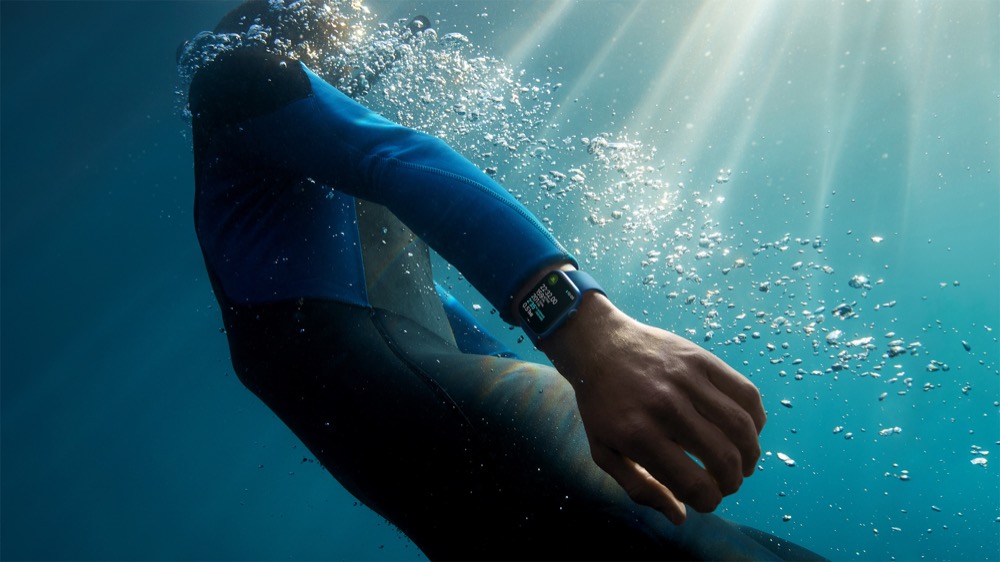When human augmentation tech lets you down, what next?

What do Ironman and the Six Million Dollar Man have in common? Both are deeply reliant on human/machine augmentation technologies – which means they are just a software glitch or hardware fault away from oblivion.
Second Sight became something else
In case I’m accused of trivialization, take note of the salutary story of a company called Second Sight. That company developed retinal implants for blind and/or partially sighted humans. These solutions worked.
People used them to see.
Then the company went bust and software upgrades and support came to an end. Some systems have already failed, and replacements do not exist. I can only imagine the emotional and psychological impact this may have on those who have become reliant on these machines to see.
This sad story shows the risk of health augmentation technology in general. In truth, any form of augmentation technology carries the same risk, whether it’s a chatbot system on which your company’s entire customer support operation is based, or the Apple Watch your insurer provides to help you build fitness while keeping premiums down.
A fault in the first may damage your customer relationships, while the second will take an extra bite in the form of a larger monthly fee.
Most systems fail
Failure, we’re told, is an inevitable by-product of innovation.
We also know that most electronics manufacturers will only support their products for a relatively limited time. Even Apple will soon stop repairing one of the biggest selling iPhones, the iPhone 6 Plus, which was recently declared “vintage”. What happens if that happens to an assistive health technology? In the context of Second Sight, should you have the right to repair your own bionic eye?
I get that Second Sight’s work on vision systems may form part of a future platform that solves the problem for a mass market of people. That’s a good thing.
Apple, Fitbit, Samsung, car manufacturers, smart home, and all manner of players in Industry 4.0 and the Internet of Things (IoT) are investing deeply in sensors designed to boost awareness and intelligence in a variety of solutions, including wearables. IDTechEx predicts the wearable sensor market will be worth over $5 billion a year by 2025.
But what’s at stake?
Computer-human-augmentation-world is a growing industry. It has implications in health, fitness, industry, and across the enterprise.
But the story of Second Sight shows the risks inherent in technology choice and underlines the need for any industry investing in augmentation tools of this kind to pay really close attention to whose tech they choose, the reliability of the provider of the technology, the business plan and future path.
It’s all very well buying into the vision, but early adoption in the digital transformation has already exposed its inherent risk. Think of the first few thousand smart meters deployed as utilities sought to build smart networks – lack of agreed standards, upgradability and interoperability meant many of those have become completely useless. This happened across the early Internet of Things.
The productivity benefits sounded great, but lack of interoperability subsequently drove all in the industry to work together on agreed standards. Many of those early devices, which promised so much, now act as brakes on further technology improvements. Legacy systems that hold companies back from the accelerated development they thought they had already bought into.
It’s time to get wise
The challenge of the “move fast and break things” maxim at the cutting edge of tech evolution is that breaking things has consequences. Just as it feels completely inappropriate to create a solution that helps blind people see and then take it away from them, so too do smart solutions you can’t update become redundant, perhaps dangerous.
That’s fine in an environment characterized by unlimited funding for future tech investment, but most people and most enterprises don’t have that advantage. That’s why they must sit down and do due diligence before dollars change hands.
See it this way: We may be able to rebuild the Six Million Dollar Man. But, before we do, we’d better make certain we’ve got future software upgrades and a ‘CyborgCare’ support plan in place – and that those manufacturing the components don’t go bust just before the upgrade cycle begins. Don’t even get me started on K-9.
I feel quite sorry for the people impacted by Second Sight.
Please follow me on Twitter, or join me in the AppleHolic’s bar & grill and Apple Discussions groups on MeWe.




